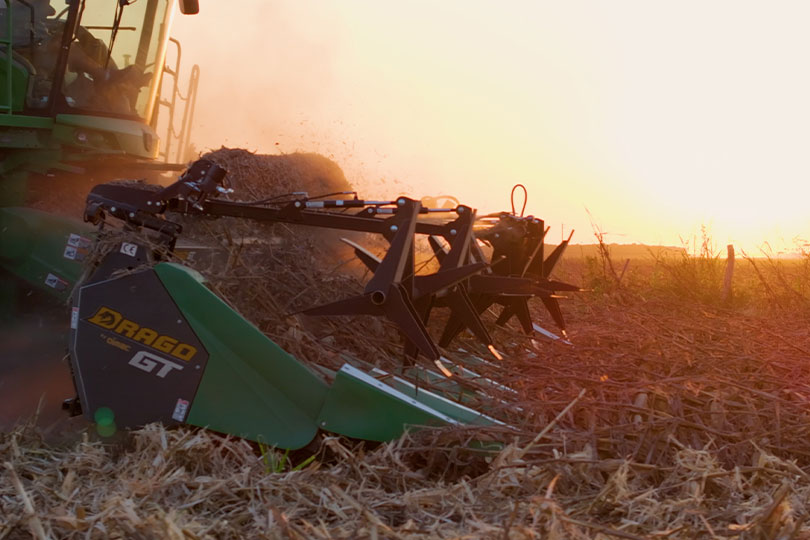From natural disasters to high input costs and low prices for certain commodities, farmers and ranchers are seeing a lot of red on their financial ledgers.
Betty Resnick, an economist for the American Farm Bureau Federation (AFBF), said there is some relief on the way, but more is needed.
“2023 ARC-county payments began being paid out last month,” she said. “As prices are still quite elevated in the 2023 crop year, areas receiving ARC-county payments had to have pretty substantial declines in yields compared to benchmark to trigger a payment. The Price Loss Coverage Program had only one crop trigger a payment, and that’s rapeseed. For the 2024 crop year, looking forward, that won’t be paid out until October of 2025, but there should be higher levels of both ARC and PLC payments.”
While passing a new, modernized farm bill would be a good avenue to helping farmers, Resnick said it’s only the first step.
“A new and updated farm bill needs to be a priority, but it’s not likely enough to help farmers who’ve been experiencing multiple years of losses at this point, unless Congress gets creative,” she said. “Economic disaster relief and a catch-up in natural disaster relief also need to be on the table.”
Natural disasters going back to 2022 have led to huge losses in farm country. That includes consecutive years of drought, Hurricane Beryl and the wildfires in the Texas Panhandle earlier this year.
“While there was some 2022 ad-hoc disaster funding provided by Congress, it only covered about a third of those losses,” she said. “2023 saw an additional $10 billion in losses, and preliminary 2024 losses are at $4 billion before Hurricanes Milton and Helene, so those are destined to skyrocket, as well.”


Leave A Comment